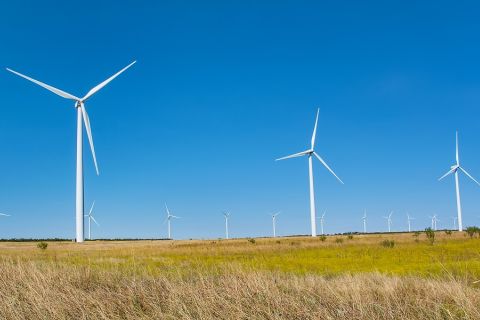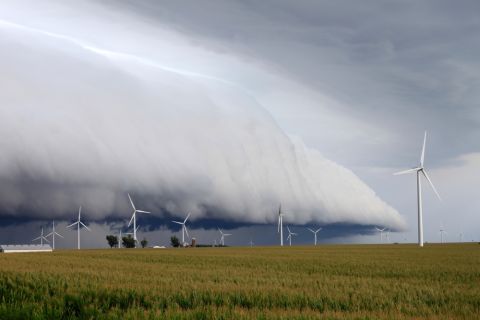Oil output in the Permian Basin in Texas and New Mexico, the biggest U.S. shale oil basin, is due to rise 88,000 bbl/d to a record 5.219 million bbl/d in June, the U.S. Energy Information Administration (EIA) said in its productivity report on May 16.
Total output in the major U.S. shale oil basins will rise 142,000 bbl/d to 8.761 million bbl/d in June, the most since March 2020, the EIA projected.
In the Bakken in North Dakota and Montana, EIA projected oil output will rise 17,000 bbl/d to 1.189 million bbl/d in June, the most since December 2020.
In the Eagle Ford in South Texas, output will rise 27,000 bbl/d to 1.176 million bbl/d in June, its highest since April 2020.
Total natural gas output in the big shale basins will increase 0.8 Bcf/d to a record 91.8 Bcf/d in June, the EIA forecast.
In the biggest shale gas basin, output in Appalachia in Pennsylvania, Ohio and West Virginia will rise to 35.7 Bcf/d in June, its highest since hitting a record 36 Bcf/d in December 2021.
Gas output in the Permian Basin and the Haynesville in Texas, Louisiana and Arkansas will rise to record highs of 20 Bcf/d and 15.1 Bcf/d in June, respectively.
But productivity in the biggest oil and gas basins has declined every month since setting records of new oil well production per rig of 1,544 bbl/d in December 2020 in the Permian Basin, and new gas well production per rig of 33.3 MMcf/d in March 2021 in Appalachia.
In June, EIA expects new oil well production per rig will drop to 1,129 bbl/d in the Permian Basin, the lowest since August 2020, and new gas well production per rig will drop to 28.5 MMcf/d in Appalachia, the lowest since September 2020.
EIA said producers drilled 874 wells and completed 944, both the most since March 2020, in the biggest shale basins in April.
That left total DUCs down 70 to 4,223, the lowest since at least December 2013, according to EIA data going back that far. The number of DUCs available has fallen for 22 consecutive months.
Recommended Reading
Clean Energy Begins Operations at South Dakota RNG Facility
2024-04-23 - Clean Energy Fuels’ $26 million South Dakota RNG facility will supply fuel to commercial users such as UPS and Amazon.
Scout Signs Agreement with AdventHealth for Texas Wind Farm
2024-02-01 - Scout Clean Energy will supply a portion of its Heart of Texas wind farm to support 40% of AdventHealth’s electricity needs.
Avangrid to Build its Fifth Wind Farm in Illinois
2024-03-12 - Osagrove Flats, the 153 MW wind farm, will bring Avangrid’s renewable energy capacity in Illinois to nearly 800 MW.
Chevron, Brightmark JV Opens RNG Facility in Arizona
2024-04-10 - Eloy RNG produces RNG using anaerobic digesters at the Caballero Dairy in Arizona, Brightmark said April 10.
Summit Carbon Solutions, POET Partner on CCS Project
2024-02-07 - The partnership will incorporate POET’s 12 facilities in Iowa and five facilities in South Dakota into Summit’s carbon capture and storage project.





